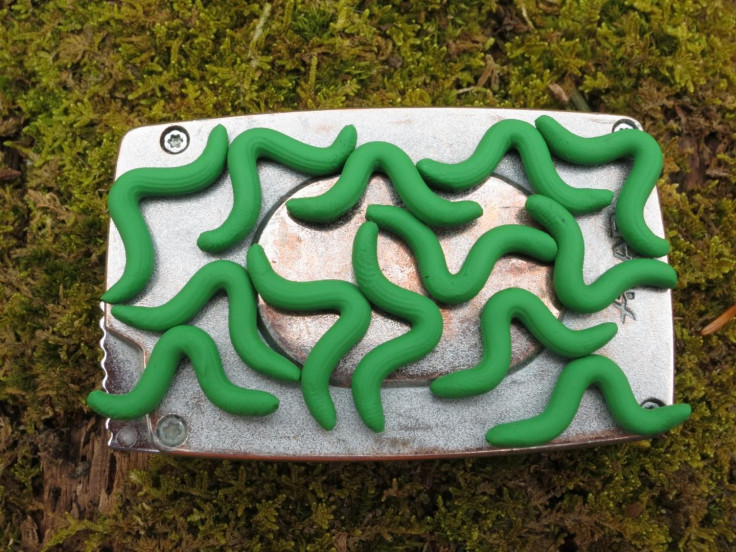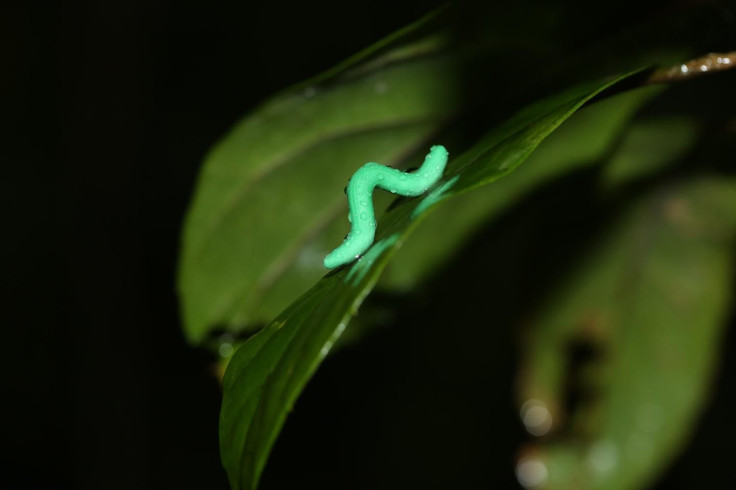Fake Caterpillars Helped Scientists Understand Global Predation Patterns Of Insect Herbivores

Is there a link between the number of species present in any given region and the interaction between those species? Does this link, if it exists, influence the rate of predation of various species? And when it comes to small creatures, like insects, how do you even go about studying it?
To answer the last question first: by using fake caterpillars. There could be other methods too, certainly, but a large international team of researchers, led by Tomas Roslin from the Swedish University of Agricultural Sciences, placed caterpillars made from modeling clay on plants at over 30 sites around the world, a subterfuge to trick predators of caterpillars into leaving bite marks on the plasticine. And studying those marks allowed the team to compare predation patterns in different places.
“The great thing about this method is that you can track down who the predator was by inspecting the attack marks. The jaws of an insect, like an ant, will leave two small piercings, whereas a bird beak will cause wedge-shaped marks. Mammals will leave teeth marks — well, you get the idea,” Eleanor Slade, a researcher at the Universities of Oxford and Lancaster in the United Kingdom, who designed the globally consistent approach, explained in a statement Thursday.

Read: Caterpillars Can Save The Environment By Eating Plastic
The regions in which these fake caterpillars were placed ranged across 11,600 kilometers (7,208 miles) over six continents, from the Arctic Circle to southern Australia. The researchers were looking for a correlation between the density of species (which increases as you move away from the poles) and the rate at which herbivore insects get preyed on.
In a study published online Friday in the journal Science, the researchers said they “found increasing predation toward the equator, with a parallel pattern of increasing predation toward lower elevations.” A caterpillar, for instance, “close to the poles has only one-eighth of the chance of being eaten compared to a caterpillar at the equator.”
Roslin explained the phenomenon in some more detail in the statement: “What was most fascinating was that the pattern was not only mirrored on both sides of the equator but also appeared across elevational gradients. Moving up a mountain slope, you find the same decrease in predation risk as when moving towards the poles. This suggests a common driver could be controlling species interactions at a global scale.”
Their findings also provided other interesting insights into predation patterns. For instance, by analyzing the different bite marks on the bodies of the dummy caterpillars, they could identify how much different predator groups contributed to overall patterns.

“People often think of vertebrates as the most important predators in the tropics, but birds and mammals weren't the groups responsible for the increase in predation risk towards the Equator. Instead tiny arthropod predators like ants drove the pattern,” William Petry, who contributed data from California and also helped analyze the data, explained.
Speaking about the importance of this finding, Roslin said: “To understand why the world stays green and is not fully consumed by hordes of caterpillars, we should appreciate the role of arthropod predators. What our findings suggest is that their role may be even further accentuated towards the equator.”
The clay caterpillars used for the study were all created at the University of Helsinki, with the same green plasticine and in the same looping shape of inchworms. Even the glue used to stick them onto plants was the same, and kits containing all the supplies were mailed to 40 researchers from 21 countries who worked together for the study, titled “Higher predation risk for insect prey at low latitudes and elevations.” Comparison from different sites would not be possible if this standardization hadn’t been implemented.
© Copyright IBTimes 2024. All rights reserved.



















